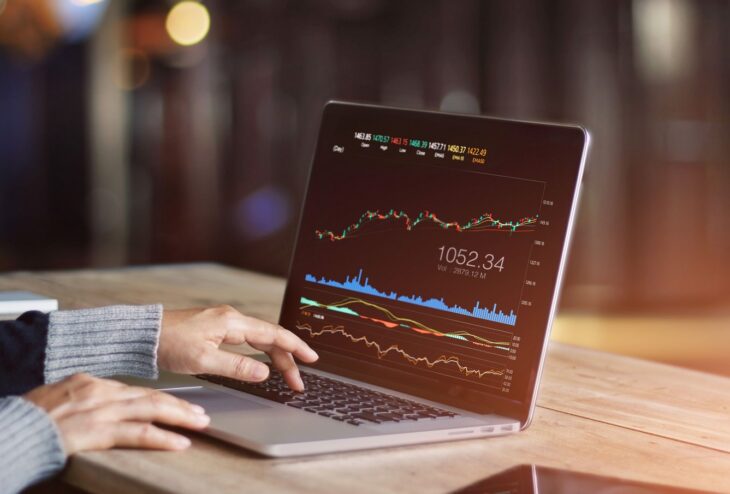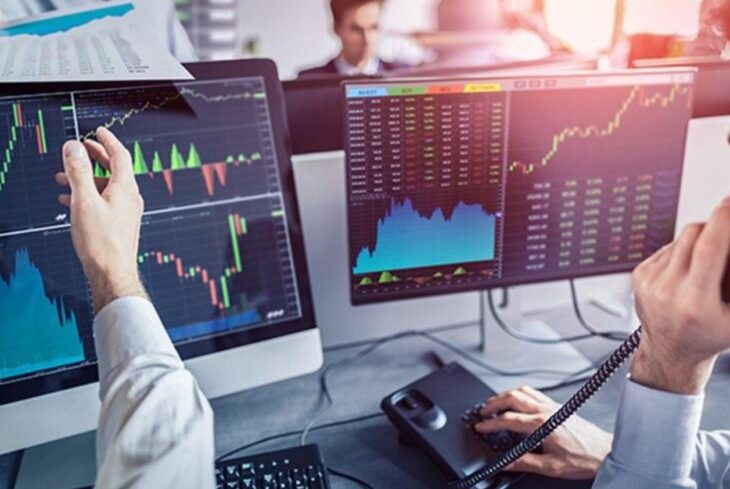Forex trading is one of the most capital intensive ways to invest in the markets. Forex trading is just like traditional trading. If you have previous experience in trading it will be very easy for you to understand forex trading. The size of your capital determines how much you can trade, the number of trades that are available to you, and what types of investments are open to you. In this post, we will discuss various capital requirements for forex traders so that they may better understand how much capital they need. We will also talk about strategies for building up their capital over time.

Source: Medium.com
Contents
1 – Understand The Trading Risk
The capital required for forex trading is largely determined by the size of your capital relative to where you are initiating your trades. This risk premium can be defined as the amount of capital that one must have in order to trade a certain number of lot sizes. For example, if you want to buy 20 lots on USD/JPY at 121.25, you would want to have at least $24,000 capital.
Different capital requirements exist for different trading strategies. Even strategies can be different for different countries. For example if you are from the UK then it can be different for you. If you have read the Libertex Review on BuyShares website, then you should know. One of the simplest things that you can do is to ensure that your capital risk management ratios are appropriate. In other words, how much capital will be used per trade? You should always have a ratio in mind and never stray from it as this could lead to disaster one day if an unexpected event happens.
For example, you could have a capital risk management ratio of 0.01-0.05% depending on how active your strategy is and what instruments are being traded. In fact, some forex brokers do not allow their traders to go higher than these ratios as they deem it too risky for them. You can find out more about capital and capital risk management which is very important to be a successful trader.

Source: FCSAPI.com
2 – Difference Between Lots Sizes and Pips
While capital requirements vary by the trading strategy used, there are other factors as well such as how much capital is needed for a single lot size. The difference between lots sizes and pips should be noted. Pips refer to the smallest movement of an asset’s price while lots refers to something completely different: volume traded!
For example, if you wanted to invest in a currency pair with risk capital of $20,000 and your trade was going long at the rate of 0.000001 lots per pip for 100 pips then this would be equal to 20 standard lot trades. You will find that forex traders tend to confuse these two terms all the time which can lead them to make irrational decisions.
Lastly, capital requirements for forex trading can differ according to which asset you are looking to trade as well. Some currencies simply have higher capital risk premiums than others due to their volatility and frequency of price movements. You will notice that some assets take a relatively long time in order to reach the next milestone while others do it almost overnight.

Source: Forex Traders Review
3 – Go for the Stop Loss Orders
One capital requirement that is almost for forex trading is the use of stop loss orders. This order type acts as a safety net to ensure that your capital does not get depleted due to adverse market conditions. In fact, it ensures that you press the correct button when trading which can be interpreted as capital management in its truest sense!
Forex traders must always have a contingency plan put into place before they start their trades and this should include a stop loss option or two. If there are no such plans then one may suddenly find themselves with nothing at all because an unexpected event happened while they were sleeping away from home. You will notice that capital requirements tend to differ according to how active you want to trade over time and what assets

Source: Iran Front Page
4 – How to Manage Your Capital
The best way for forex traders is that they should trade with money that is theirs and not any borrowed funds as this could lead to a financial disaster. In fact, trading with borrowed capital can lead to an unexpected event which costs more than one’s original investment. This could have been avoided simply by following the golden rule of using only your own capital or risk capital in order to place trades.
You also have to find out how much money you should expect from each trade before you start placing them so that you know what kind of activity level is required from your side. Trading strategies will usually have different objectives and the amount of capital needed will vary depending on their requirements as well as market conditions at any given time.

Source: TradersDNA
5 – Avoiding Adverse Market Conditions
As much as you can avoid using borrowed capital, there are other factors that could lead to an unexpected event including the use of stop loss orders. This is why it is important for forex traders to step away from their computers when adverse market conditions arise in order to prevent any potential losses.

Source: theforexcollege
Important Tips for Capital in Forex Trading
There are a number of capital requirements for forex trading that traders must be aware of. Universal Trading capital is not the same as it was back in the day when brokers would require you to deposit large amounts before they gave you access to their systems and liquidity providers. These days, most forex brokers understand that capital can come from all sorts of sources such as savings accounts, investment portfolios and more!
Final Words
Starting with the capital risk management ratio, a trader should always have a plan in place before they begin any sort of trade and this includes stop loss orders which act as capital insurance!
